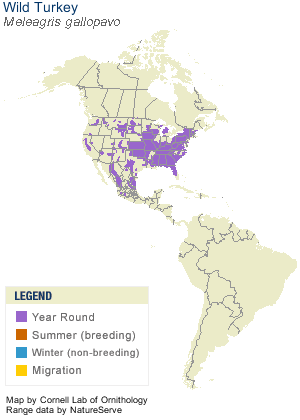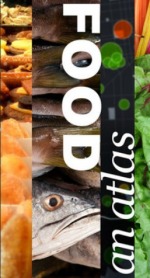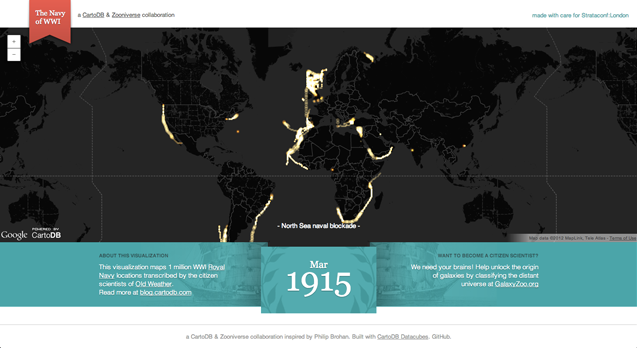Report from the Lidar and NCALM workshop
/December 2 2012 the GIF and UC Merced scientists hosted a workshop on lidar for CZO support. This is an annual workshop organized by Dr. Qinghua Guo.
Qinghua presented an overview of his lidar work, which is pretty extensive, and Juan Carlos Fernandez Diaz from NCALM presented an overview of the NCALM program. He talked about the NCALM workflow and their instruments, including their new bathymetric lidar instrument (that can get bathy and terrestrial simultanously for coastal studies), their waveform lidar instrument, and their new balloon-based lidar instrument (cool!) They can run a suite of instruments at the same time: waveform and camera, etc. One of the great things he brought up is the support for graduate students:
The National Center for Airborne Laser Mapping surveys up to ten projects (each generally covering no more than 40 square kilometers) each year for graduate student PIs who need Airborne Laser Swath Mapping data. Beginning in 2012, graduate student PIs can specify either near infrared (Optech Gemini, 1064 nm) or green (Optech Aquarius, 532 nm) bathymetric ALSM data (only one wavelength can be selected), as well as optionally request high resolution aerial photography in conjunction with the ALSM collection. Graduate student proposals must define a basic research question in the geosciences (broadly defined). Check it out!







